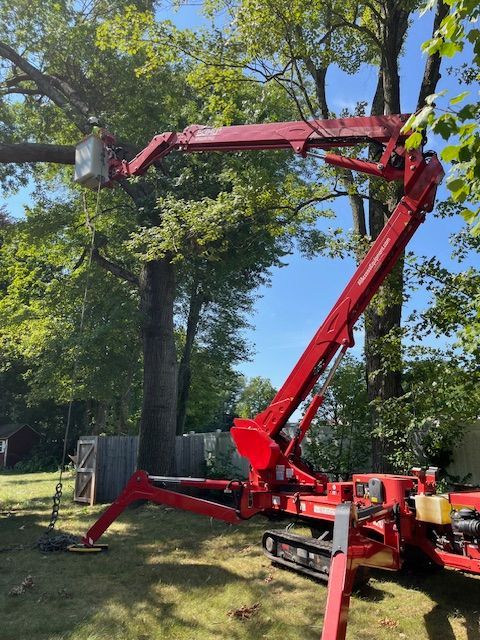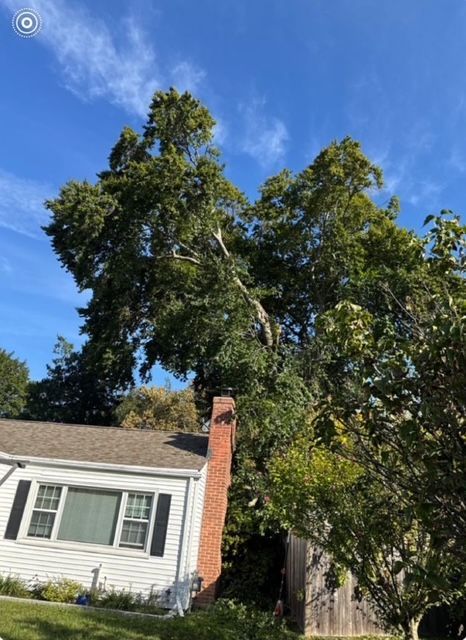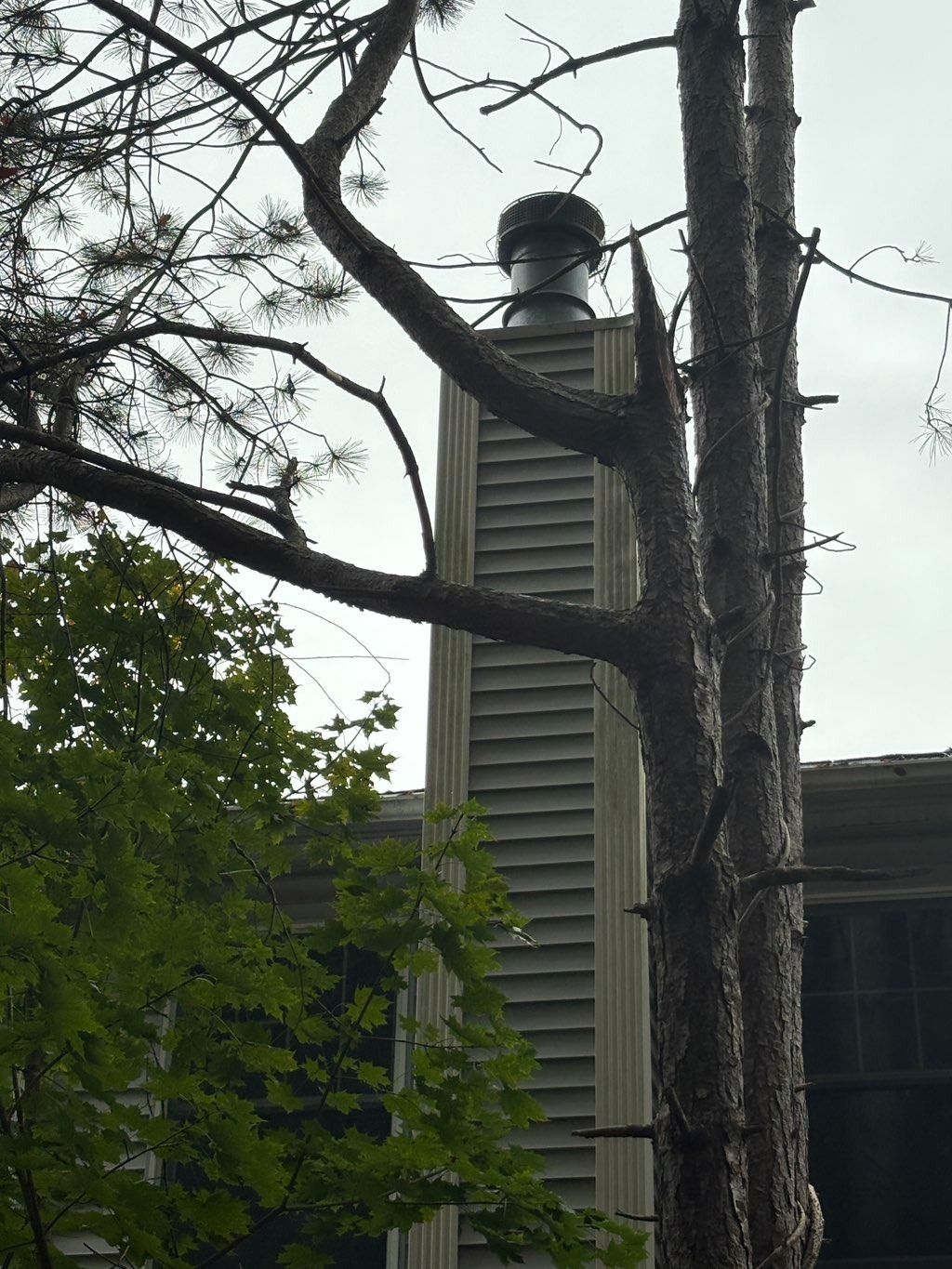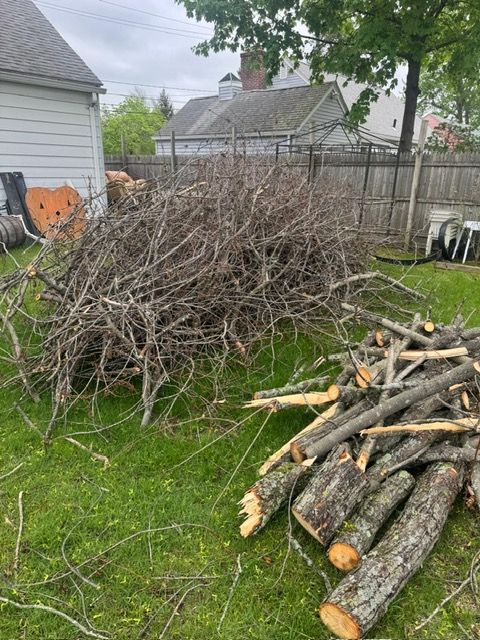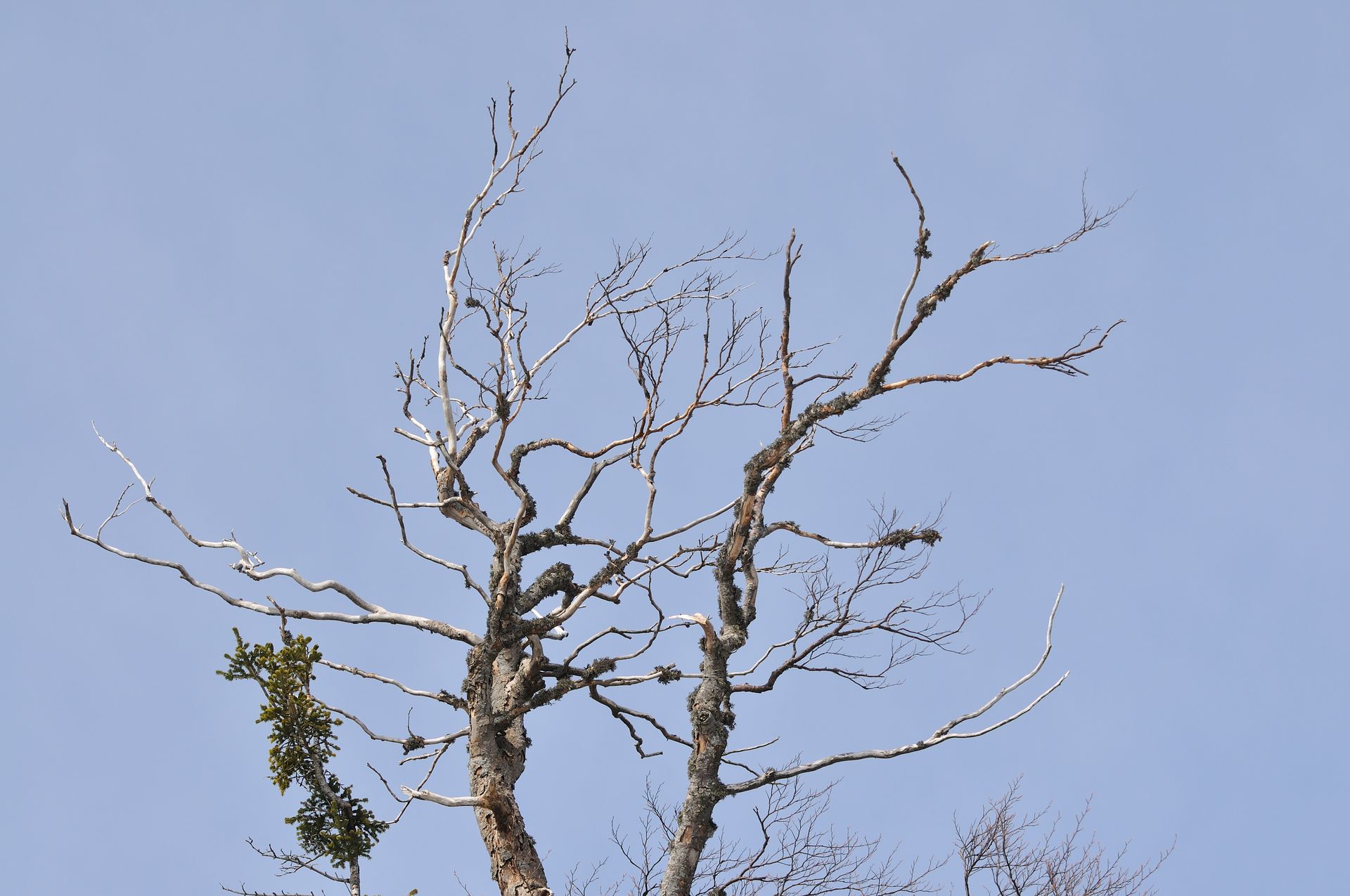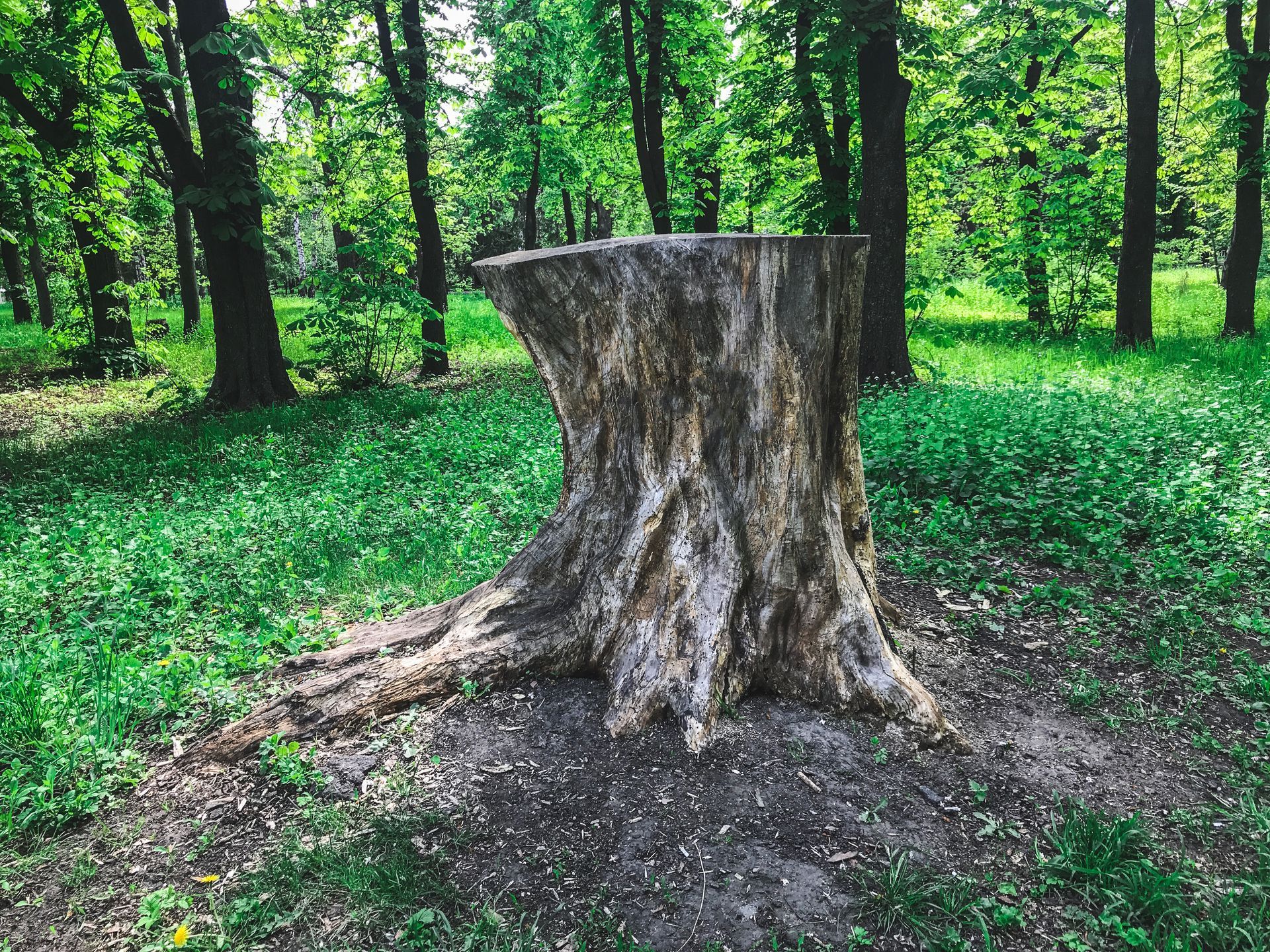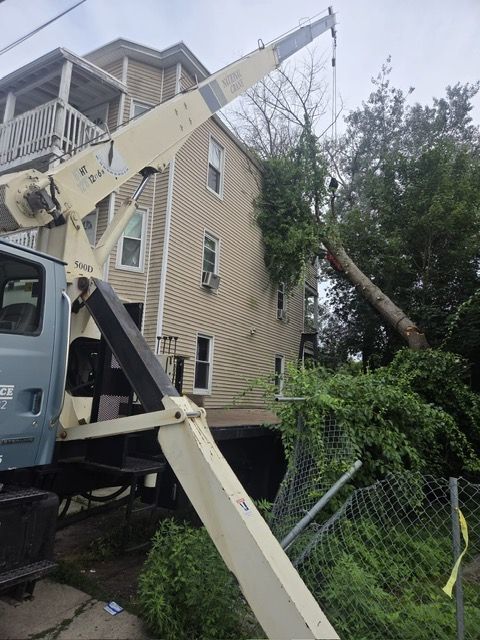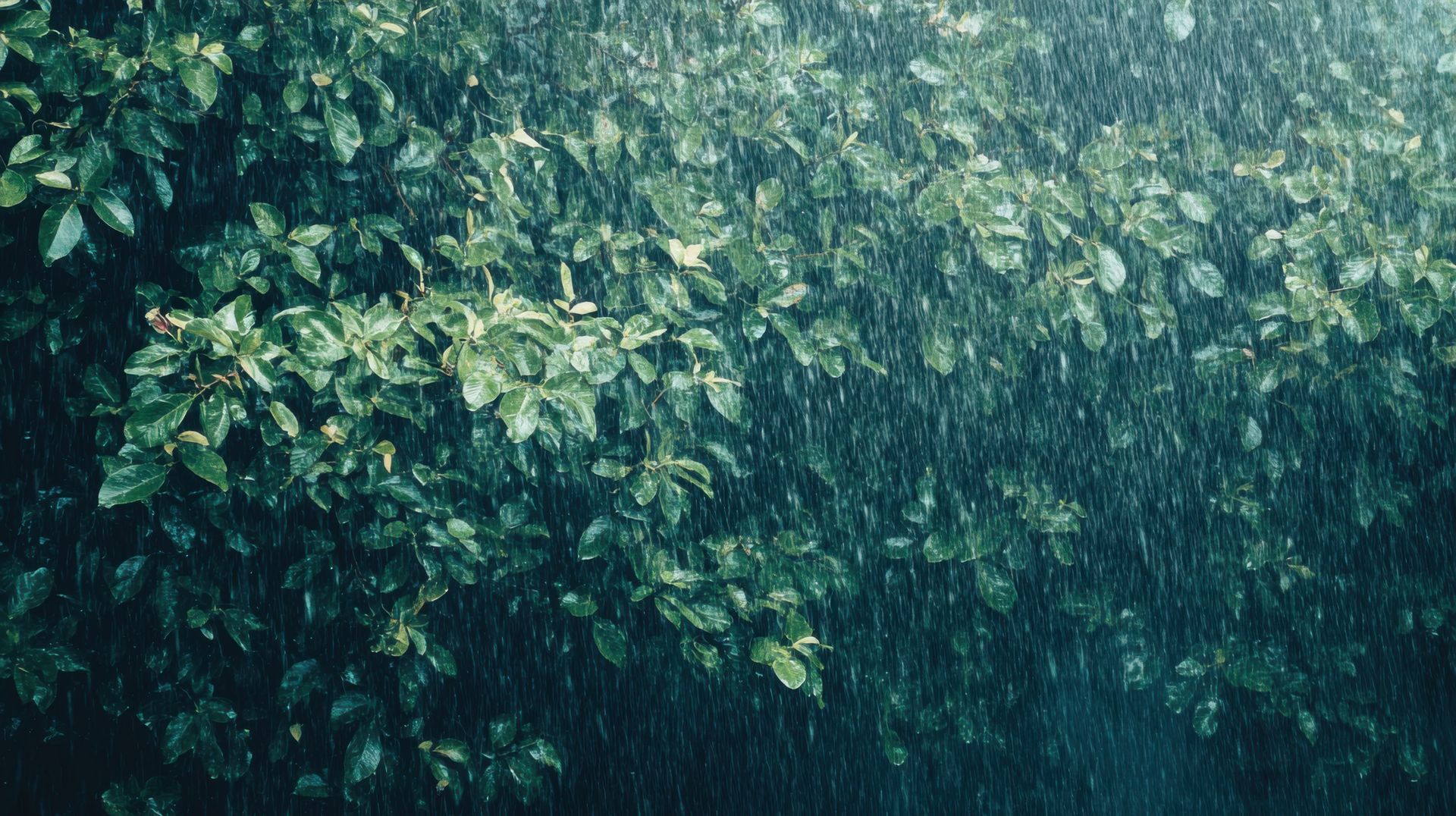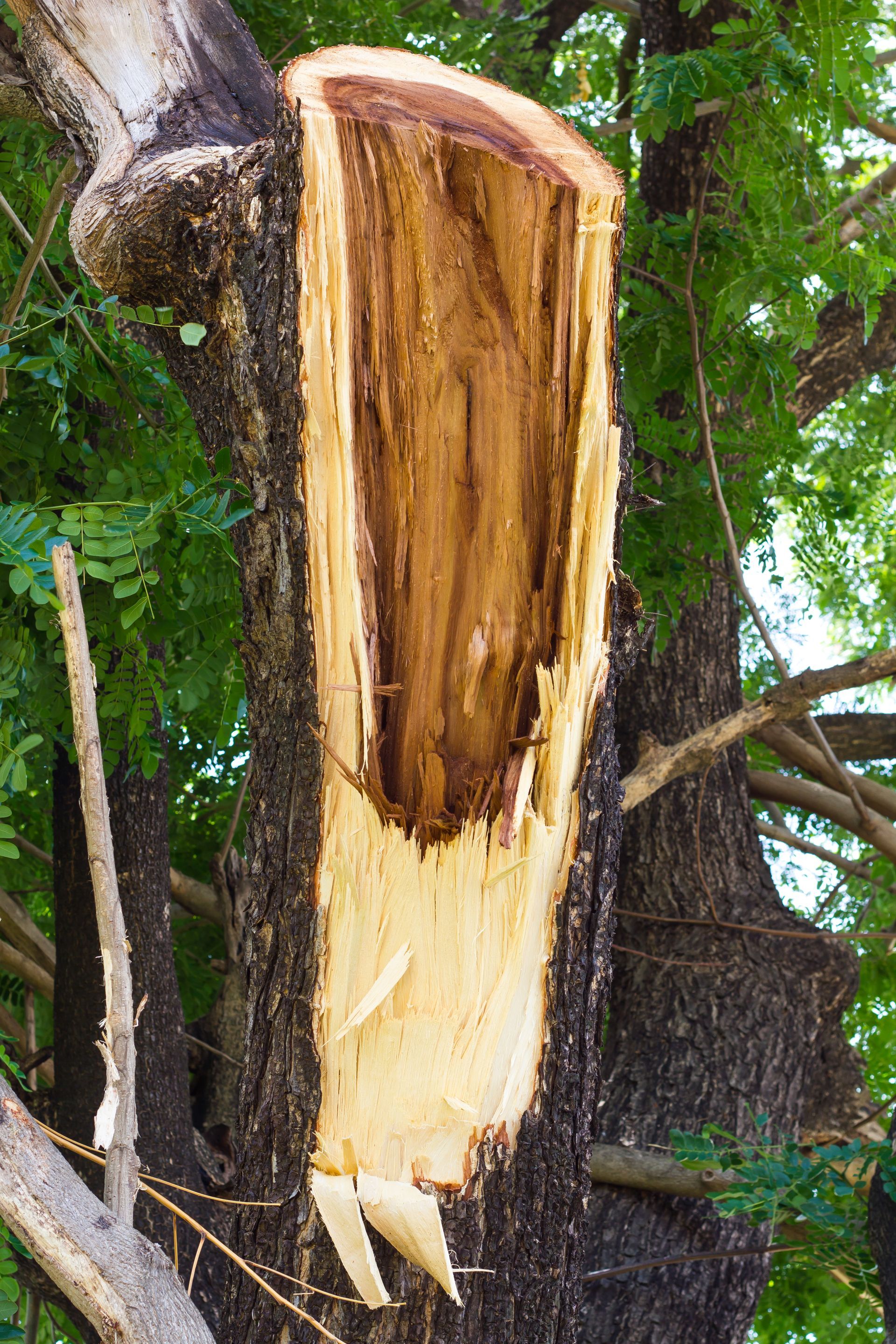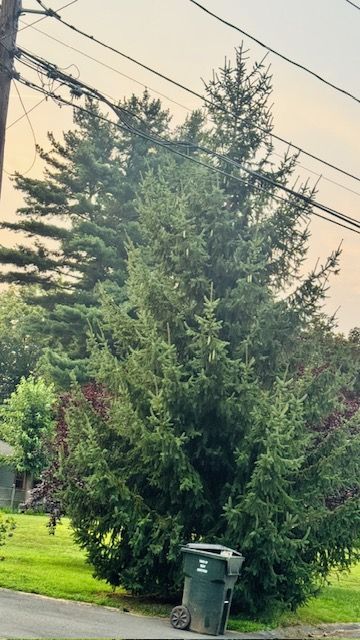How Do I Remove Tree Stumps or Get Tree Stump Removal?
Removing tree stumps can be a challenging task, but it's essential for safety, aesthetics, and to prevent the spread of diseases to other trees. There are several methods for tree stump removal, each with its benefits and considerations. In this guide, we'll explore some common methods for removing tree stumps and the factors to consider when deciding which method is best for your situation.
Manual Removal: This method involves using tools like a shovel, pickaxe, and chainsaw to dig around the stump, cut the roots, and lift the stump out of the ground. Manual removal is labor-intensive and best suited for small stumps.
Chemical Removal: Chemical stump removers are available at garden centers and work by speeding up the natural decomposition process. This method is effective but can take several weeks to fully remove the stump.
Grinding: Stump grinding is a popular method that involves using a stump grinder to shred the stump into wood chips. This method is fast and efficient but requires heavy machinery and is best left to professionals.
Burning: Burning a stump is another option, but it can be dangerous and is not recommended in residential areas or during dry seasons due to the risk of fire.
Natural Decomposition: Allowing a stump to decompose naturally can take several years, but it is a low-cost and environmentally friendly option.
When deciding which method to use, consider the size of the stump, your budget, and the time you have available. For larger stumps or if you're unsure about the best method, it's recommended to consult with a professional tree removal service.
If you decide to remove a tree stump yourself, follow these steps:
Safety First: Wear protective gear, including gloves, goggles, and ear protection when operating tools or machinery.
Clear the Area: Remove any rocks, debris, or other obstacles around the stump that could interfere with the removal process.
Cut the Stump: Use a chainsaw to cut the stump as close to the ground as possible, leaving only a few inches above the soil.
Dig Around the Stump: Use a shovel to dig a trench around the stump, exposing the roots.
Cut the Roots: Use a pruning saw or loppers to cut through the roots around the stump.
Remove the Stump: Once the roots are cut, use a shovel or pickaxe to pry the stump out of the ground. If necessary, use a truck or tractor to pull the stump out.
Fill the Hole: Fill the hole left by the stump with soil and plant grass or flowers to restore the area's appearance.
Removing a tree stump can be a challenging but rewarding task. By choosing the right method and following these steps, you can safely and effectively remove tree stumps from your property.
